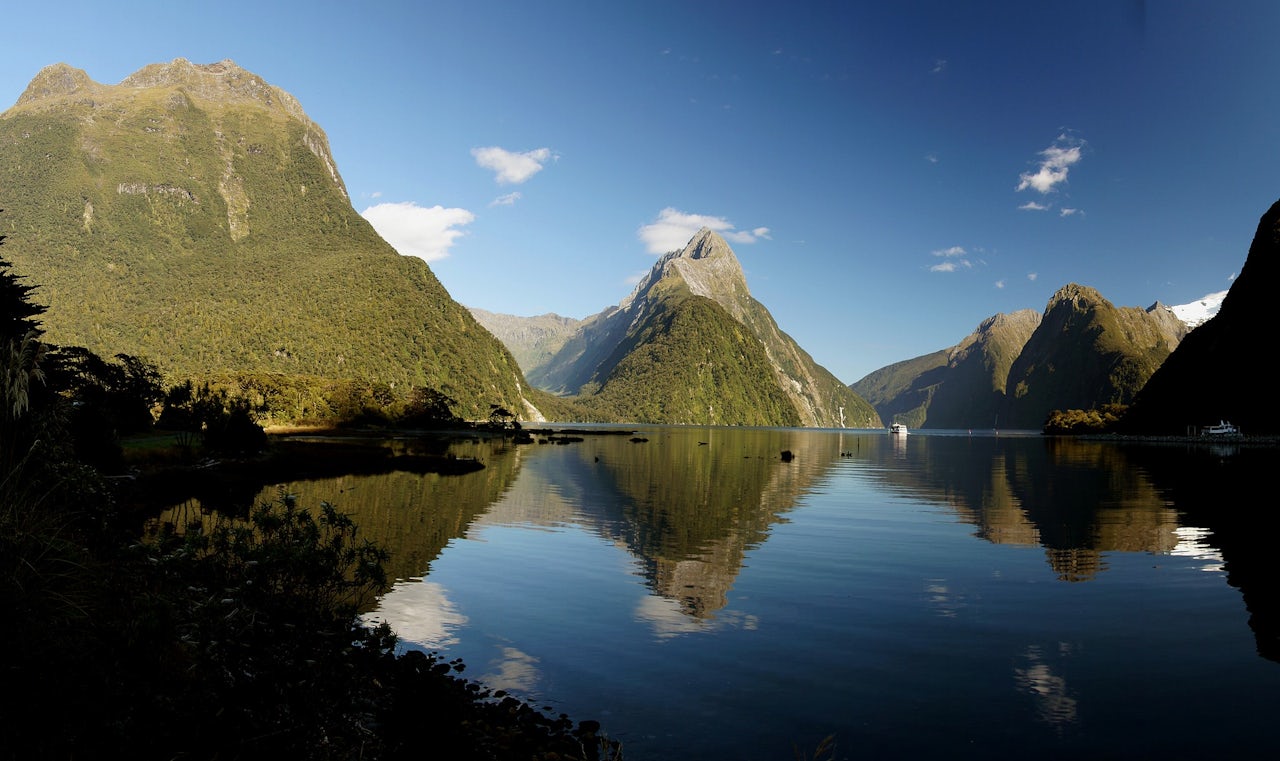A group of geologists believe it is time to name a new continent. A paper published in the March/April edition of GSA Today, the journal for the Geological Society of America, lays out the case for Zealandia as the seventh and youngest geological continent.
In the past, New Zealand was thought to be part of a collection of “islands, fragments, and slices,” the authors wrote, but it's now understood to be part of a solid landmass.
New Zealand is essentially the highest mountains of a 1.9 million square mile landmass that is 94 percent underwater, according to the paper. The authors believe it is both large and isolated enough to qualify as a continent. They note that it is elevated relative to the oceanic crust, as befits a continent, and its distinctiveness and thickness are also on par with continents one through six (Eurasia, Africa, North America, South America, Antarctica, and Australia).
“This is not a sudden discovery but a gradual realization; as recently as 10 years ago we would not have had the accumulated data or confidence in interpretation to write this paper,” the authors wrote. “The purpose of this paper is to formally put forth the scientific case for the continent of Zealandia and explain why its identification is important.”
What does it matter if Zealandia is officially a continent? Reclassifying the area would encourage geologists to include it in studies of comparative continental rifting and continent-ocean boundaries. “The scientific value of classifying Zealandia as a continent is much more than just an extra name on a list,” the authors wrote. “That a continent can be so submerged yet unfragmented makes it a useful and thought-provoking geodynamic end member in exploring the cohesion and breakup of continental crust.”
“This is not a sudden discovery but a gradual realization.”
The biggest obstacle in getting Zealandia into the pantheon of continents seems to be the word “major.” The official definition of a continent is pretty loose: the Glossary of Geology defines it as “one of the Earth’s major land masses, including both dry land and continental shelves” but the paper's authors note that “how ‘major’ a piece of continental crust has to be to be called a continent is almost never discussed.” The smallest current continent is Australia, which is 3.3 million square miles, much bigger than the proposed Zealandia.
Some have tried to argue for new continents in the past, including Central America, Arabia, and greater India, which were rejected — Central America is a displaced part of North America, opponents argued, while Arabia and India are part of Eurasia.
There is no international body that determines what is a continent, so proponents of Zealandia can only hope their definition will be accepted by the greater community of geologists.
